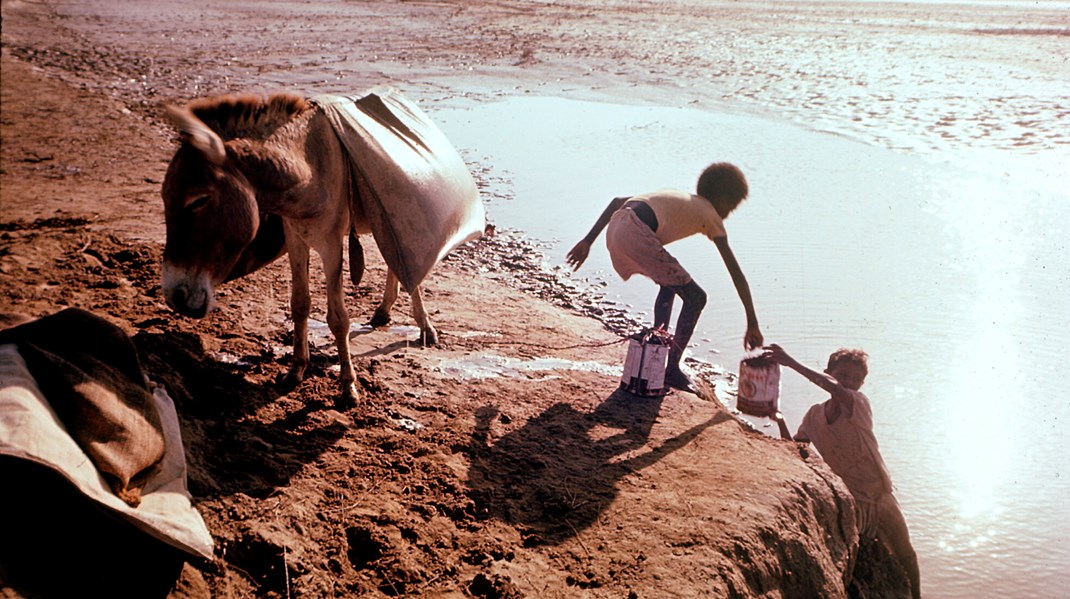New FAO report reveals how the agriculture sector is affected by disasters
The Impact of Disasters on Agriculture and Food Security 2015 showed that a staggering 22 percent of total damage and loss from natural disasters in developing countries was absorbed by the agriculture sector alone.
Two years on, FAO continues the effort to bridge persisting knowledge gaps and foster a better understanding of how the agriculture sector is affected by disasters. Through this 2017 report, FAO refreshes its 2015 conclusions and provides an update on the state of post-disaster agriculture in developing countries. It presents a first-ever, in-depth analysis of disaster impact on the subsectors of fisheries, aquaculture and forestry, which are not always covered by PDNAs; It also reveals an agriculture-specific methodology for evaluating damage and loss from disasters, thereby improving understanding of the wider implications for the economy and livelihoods.
Finally, the report also looks at all threats facing agriculture, including food chain crises and transboundary animal diseases – which are increasingly common and tend to have multipronged impacts on agriculture – as well as conflict and protracted crises, which are also on the rise. The latter is accomplished through an analysis of the impact on the agricultural system and rural livelihoods in the Syrian Arab Republic.
Furthermore, FAO seeks to continue providing updated and systematic data and analysis in order to build a holistic information system on the impact of disasters and crises on agriculture in developing countries. By systematically improving disaster damage and loss assessment, FAO’s work will directly contribute to implementing and monitoring the two main 2015 international agendas, which recognize resilience as fundamental to their achievement, namely the SDGs and the Sendai Framework. The newly developed methodology for assessing damage and loss from disasters in agriculture, introduced in the Annex, aims to improve agriculture-related resilience monitoring within the UN-wide system by providing a standardized set of procedural and methodological steps that can be used at global, national and subnational levels. This will enable thorough damage and loss assessment in the sector, ensuring consistency across countries and disasters. The new FAO methodology has already been adopted by UNISDR to help monitor the achievement of specific targets in the Sendai and SDG frameworks for reducing economic loss from disasters.


